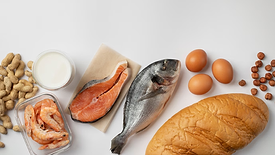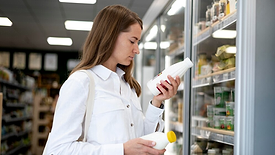Home » Keywords: » labeling
Items Tagged with 'labeling'
ARTICLES
EVENTS
Sponsored Webinar FSS Live Streaming | May 13 – 15
5/14/25 to 5/14/26
Contact: Vania Halabou
Proven Practices for Allergen Management
Never miss the latest news and trends driving the food safety industry
eNewsletter | Website | eMagazine
JOIN TODAY!Copyright ©2025. All Rights Reserved BNP Media.
Design, CMS, Hosting & Web Development :: ePublishing











